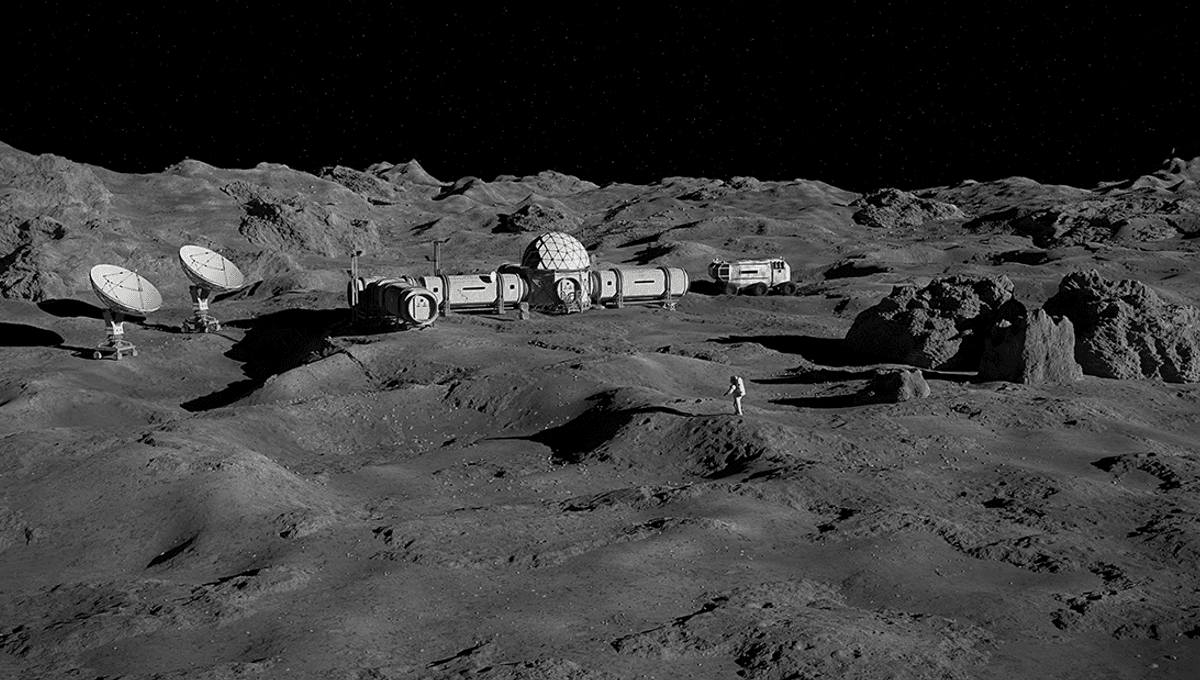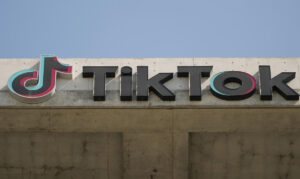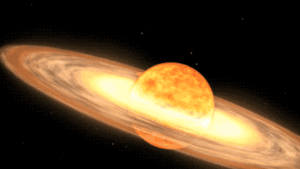In 2021, the Chinese and Russian space agencies signed a joint agreement to build a research base on the Moon. In a new announcement, the space agencies say they are hoping to build an automated nuclear reactor on the lunar surface to power the International Lunar Research Station by 2035.
You may have noticed that no human has set foot on the Moon since Apollo 17 left in December 1972. Plenty of uncrewed missions have been sent to the Moon in the last few years, with varying degrees of success, but it will still be some time before humans are once again bouncing around on everyone’s favorite satellite.
Though China is planning on landing a human on the Moon by 2030, and Russia by 2031, the two space agencies are considering placing the reactor without human involvement.
“Today, we are seriously considering a project to deliver to the Moon and mount a power reactor there jointly with our Chinese partners somewhere between 2033 and 2035,” Yury Borisov, CEO of Russian space agency Roscosmos told state-owned news site Tass. “This is a very serious challenge […] it should be done in automatic mode, without the presence of humans.”
Borisov went on to explain that solar panels would be insufficient for powering future human settlements, though nuclear power could.
When the Lunar Research Station was announced in 2021, the space agencies said it would be available for international use, relations since then between Russia and international co-operators in space have become somewhat frostier, owing to Russia’s invasion of Ukraine.
To get the lunar base on the Moon, Russia is also working on a nuclear-powered cargo spaceship.
“We are indeed working on a space tugboat,” Borisov said, per AP. “This huge, cyclopean structure that would be able, thanks to a nuclear reactor and a high-power turbines […] to transport large cargoes from one orbit to another, collect space debris and engage in many other applications.”
He added that the space agency had solved all technical problems with the spaceship, but had not yet found a way to cool the nuclear reactor, a large and important task if the world is going to get a Moon base by the ambitious target of 2035.


